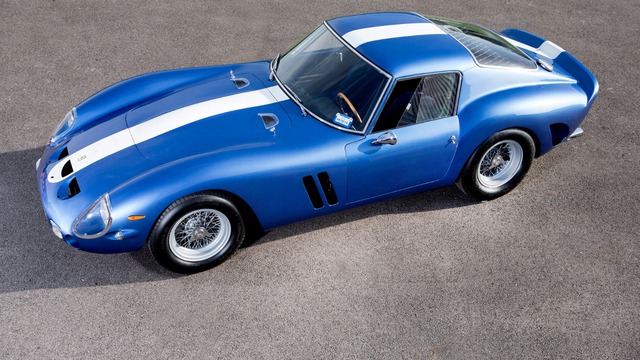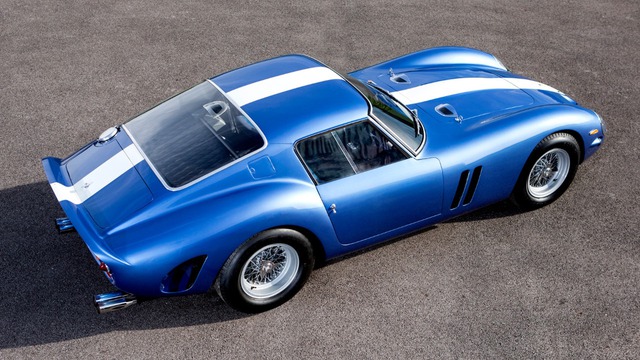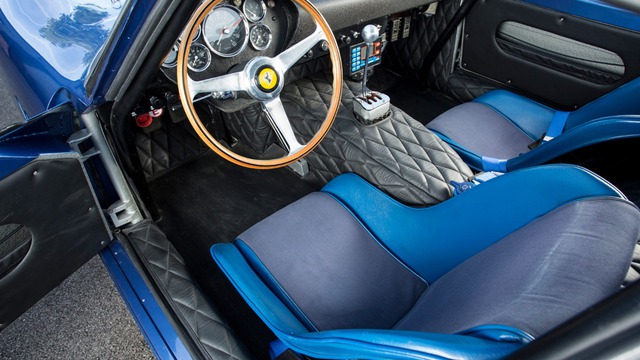In 2017, Gregor Fisken paid $44 million (!) to bring home a 1962 Ferrari 250 GTO (photo) from Bernard Carl. However, according to The Telegraph, soon after, he sold the car to an anonymous collector and only then discovered that the gearbox inside the vintage car was not the original gearbox – a detail that was unexpectedly not mentioned in the agreement with Carl that Fisken later read again.

Carl was also surprised by this incident and enthusiastically supported the search for the original gearbox of the vintage Ferrari to return it to Fisken. However, things took a 180-degree turn when both parties found this gearbox – which is now owned by a US-based car dealer.

In the subsequent development, the dealer only asked for $25,000 to resell this component, but surprisingly, both Carl and Fisken were unwilling to pay this “small change” amount (including the transportation cost) compared to the $44 million value of this vintage Ferrari. Because the gearbox was unintentionally (or deliberately) left out of the initial agreement, the seemingly minor incident led to both parties taking each other to court…

While Fisken accused Carl of fraud, the seller was not one to back down, claiming that the black and white agreement that both parties signed originally didn’t even mention the gearbox. Carl also stated that he did not prevent Fisken from reuniting the Ferrari with the original gearbox, but any related costs should be paid by the buyer.

Considering that Fisken agreed to pay a whopping $44 million (over VND 1,020 billion) for the vintage car, perhaps the seller should have shown goodwill by delivering the most complete car possible to them, but in this case, that didn’t happen. In fact, now Carl is countersuing Fisken and demanding that he pay $500,000 for the process of searching for the gearbox that probably only involved… typing on Google.
Reference: Carscoops
Soviet Minister’s Car Shines Bright After Rebirth
Over time, especially since the country opened up in the 1990s, Soviet cars have gradually disappeared to be replaced by Japanese, American, and European cars. Many Volga, Lada, and UAZ cars were liquidated from state agencies and transferred to civilian registration, but they did not exist for long before a wave of both imported and assembled cars flooded the streets. Soviet cars slowly drifted away and became a nostalgic reminder of a generation that has gone through two wars.










































